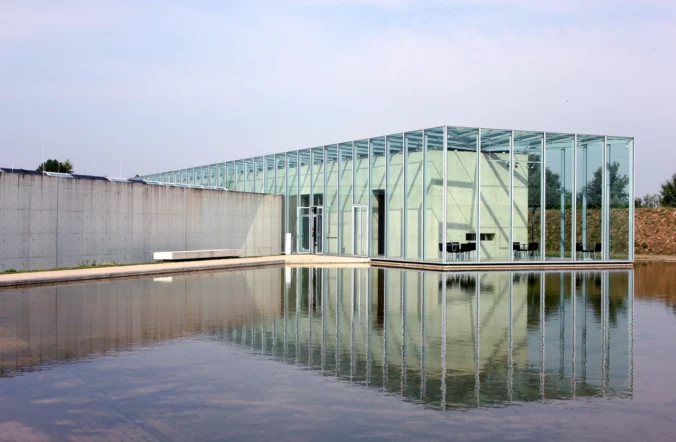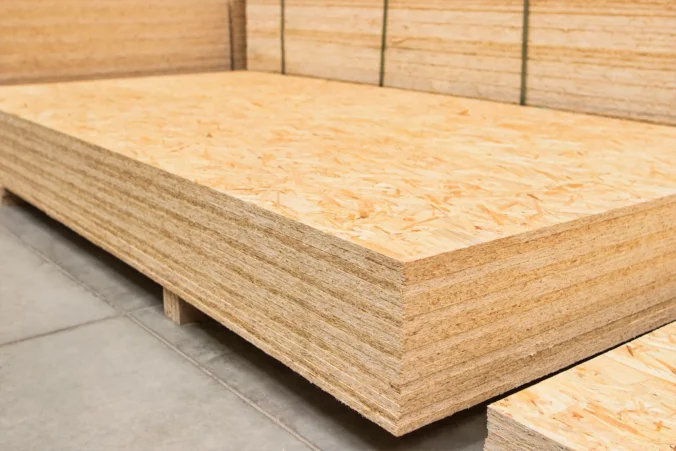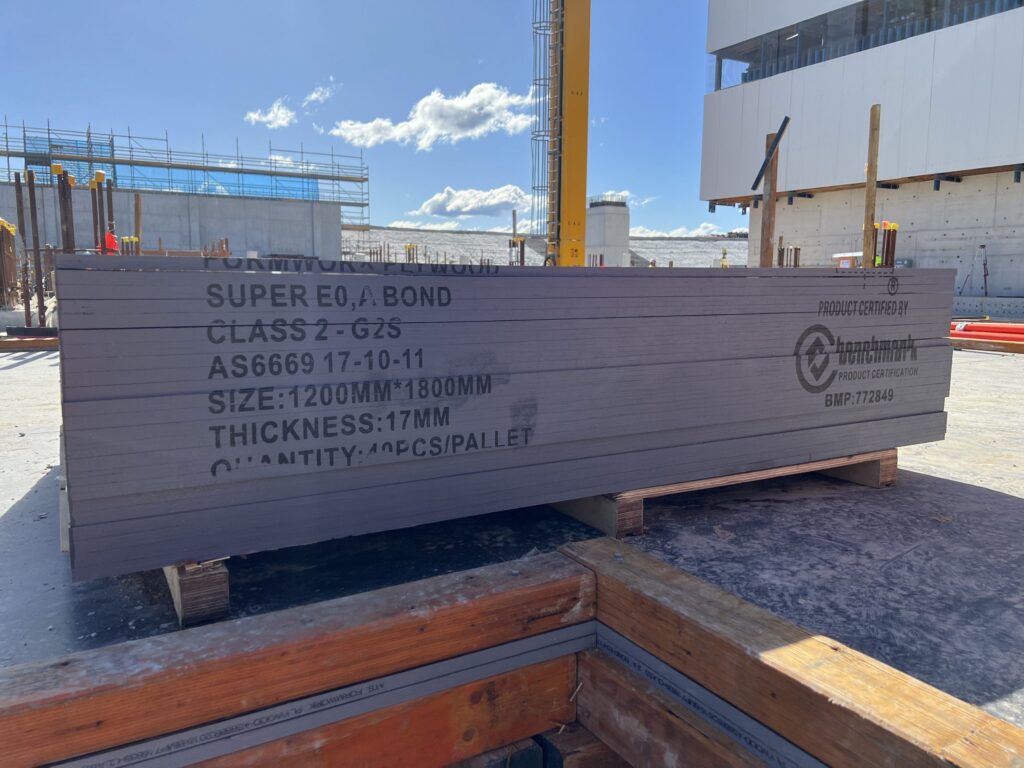When it comes to construction projects, the materials you choose can make a significant difference in the outcome. One material that has gained popularity in recent years is formply. This article aims to provide you with a comprehensive guide on how to buy formply for your next construction project, covering everything from understanding what formply is to evaluating suppliers.
Understanding Formply: A Comprehensive Guide
What is Formply?
Formply, short for formwork plywood, is a type of engineered wood product that is designed specifically for construction applications. Typically made from high-quality timber, it is used primarily for casting concrete structures. The sheets are treated and coated to ensure they withstand the harsh conditions often faced on construction sites.
Logistics is a vital aspect to consider when buying formply. Understand the delivery process, including lead times and shipping costs, as these can impact your project timeline and budget. Some suppliers offer free or discounted delivery for large orders, while others may require you to pick up your materials.
What sets formply apart from regular plywood is its ability to maintain structural integrity even when subjected to moisture. This characteristic makes it ideal for concrete formwork, as it helps produce smooth surfaces and sharp edges in poured concrete structures. As a result, formply plays a crucial role in achieving both functionality and aesthetics in many projects.
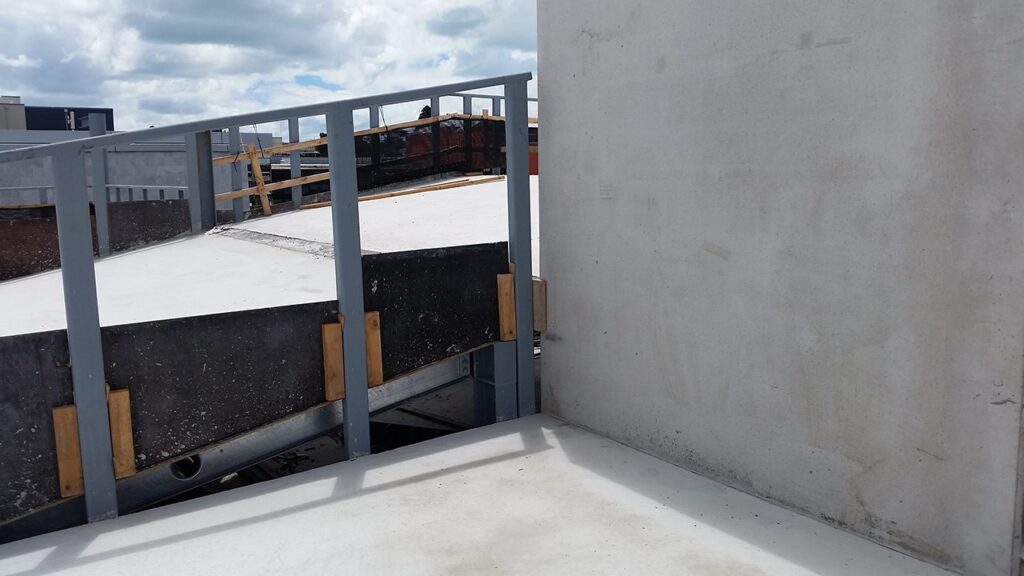
Benefits of Using Formply in Construction
There are several advantages to using formply in your construction projects, which can influence your purchasing decision. Firstly, its durability ensures that it can be reused multiple times, thus lowering material costs over time. Since formply can endure exposure to water and heavy mechanical loads, it often outlasts standard plywood.
Moreover, formply provides excellent surface finishes for concrete, minimizing the need for post-construction treatments. This can save both time and labor costs on site. Additionally, the dimensional stability of formply reduces the risk of warping or bending compared to conventional plywood, leading to a more reliable construction process.
Another significant benefit of formply is its versatility. It can be cut and shaped to fit various formwork designs, making it suitable for a wide range of applications, from residential buildings to large-scale infrastructure projects. This adaptability allows architects and engineers to explore innovative design options without compromising on the quality of the concrete finish. Furthermore, the lightweight nature of formply compared to traditional materials makes it easier to handle and install, enhancing overall efficiency on the job site.
In addition to its practical benefits, formply is also an environmentally friendly choice. Many manufacturers source their timber from sustainably managed forests, ensuring that the production of formply does not contribute to deforestation or habitat loss. This commitment to responsible sourcing not only helps protect natural resources but also aligns with the growing demand for sustainable building practices in the construction industry. As more projects aim for green certification, using formply can be a step towards achieving those environmental goals. Read more about sustainable at https://www.plymouth.ac.uk/students-and-family/sustainability/sustainability-education/esd
Factors to Consider When Buying Formply
Quality and Durability
When purchasing formply, the quality should be your foremost consideration. Look for types that have been tested for structural integrity and have certifications indicating their performance. Quality formply will have a thick overlay that protects it from moisture, and it should be free from defects like knots, voids, or splits, which can compromise both durability and functionality.
Also, consider the expected longevity of your formply. Higher quality sheets may come at a premium but generally lead to a better return on investment due to their extended lifespan and reusability capabilities. Therefore, it is wise to evaluate various options and choose one that aligns well with your specific construction needs. Additionally, consider the environmental impact of your formply. Some manufacturers offer eco-friendly options made from sustainably sourced materials, which can be a great choice if you are looking to minimize your project’s carbon footprint while still ensuring high performance.
Size and Thickness
The size and thickness of the formply sheets can vary, so it’s important to understand the specifications that best suit your project. Common thicknesses range from 12mm to 21mm, depending on the intended load and the structural requirements of the formwork system.
Additionally, make sure to consider the dimensions of the sheets you will be using. Standard sizes usually come in 2400mm x 1200mm, but custom sizes may also be available. Carefully assessing the size and thickness requirements will help optimize your material usage and minimize waste during the construction process. It’s also worth noting that thicker sheets can provide greater stability and support, particularly for larger pours or more complex structures, so don’t hesitate to consult with a structural engineer if you’re unsure about the best specifications for your project.
Price and Budget Considerations
Pricing can vary significantly from supplier to supplier, so it’s essential to outline your budget early on. While it may be tempting to go for the cheapest option, remember that quality often correlates with price in the case of construction materials.
Investigate the balance between cost and quality. In some instances, investing a little more upfront in high-quality formply could yield substantial savings in the long run, thanks to factors like reduced maintenance costs and increased reusability. Be sure to explore multiple suppliers to ensure you find the best price without compromising on quality. Furthermore, consider the total cost of ownership, which includes not only the initial purchase price but also transportation, handling, and potential disposal costs at the end of the material’s life cycle. This comprehensive approach will help you make a more informed decision that aligns with your budgetary constraints while still meeting your project’s requirements. To learn more about reusability click here.
Where to Buy Formply: Exploring Options
Local Hardware Stores
Your first stop for purchasing formply may be your local hardware or building supply store. These establishments often carry a selection of construction-grade plywood, including formply. Shopping locally allows you to physically inspect the sheets for quality and size before committing to a purchase.
Additionally, local stores can provide valuable insights and advice from knowledgeable staff members regarding the best options available. However, stock may be limited, and prices can vary based on regional demand. It’s also worth noting that many local stores may offer delivery services or assistance with loading your materials, which can be a significant advantage if you’re working on a larger project. Engaging with local suppliers can also foster a sense of community, as many of these businesses are family-owned and operated, contributing to the local economy.
Online Marketplaces
Another convenient option is to explore online marketplaces. Websites that specialize in construction materials offer extensive selections of formply, including detailed specifications and customer reviews. Shopping online enables you to compare prices easily and secure delivery options that may save time and labor costs.
However, when purchasing online, be sure to check the return policy and read reviews to ensure you are getting a reliable product. Always buy from reputable sellers to avoid any issues with quality. Additionally, many online platforms provide the option to chat with customer service representatives for any inquiries you might have, making it easier to clarify specifications or shipping details. Some sites even offer virtual consultations to help you choose the right materials for your specific project needs.
Direct from Manufacturer
For larger projects, consider buying formply directly from manufacturers. This can often lead to significant savings, especially if you are able to negotiate bulk pricing. Direct purchases typically come with quality assurances and may have competitive pricing compared to retail outlets.
Furthermore, connecting directly with manufacturers can provide insights into their production practices, helping you understand the sustainability and sourcing of the materials you will use. Be sure to request samples to assess quality before placing larger orders. Many manufacturers also have dedicated customer service teams that can assist with technical questions about their products, which can be invaluable for ensuring that you select the best formply for your specific application. Additionally, some manufacturers may offer customization options, allowing you to tailor the product to meet your unique project requirements, which can be a game-changer for specialized construction tasks.
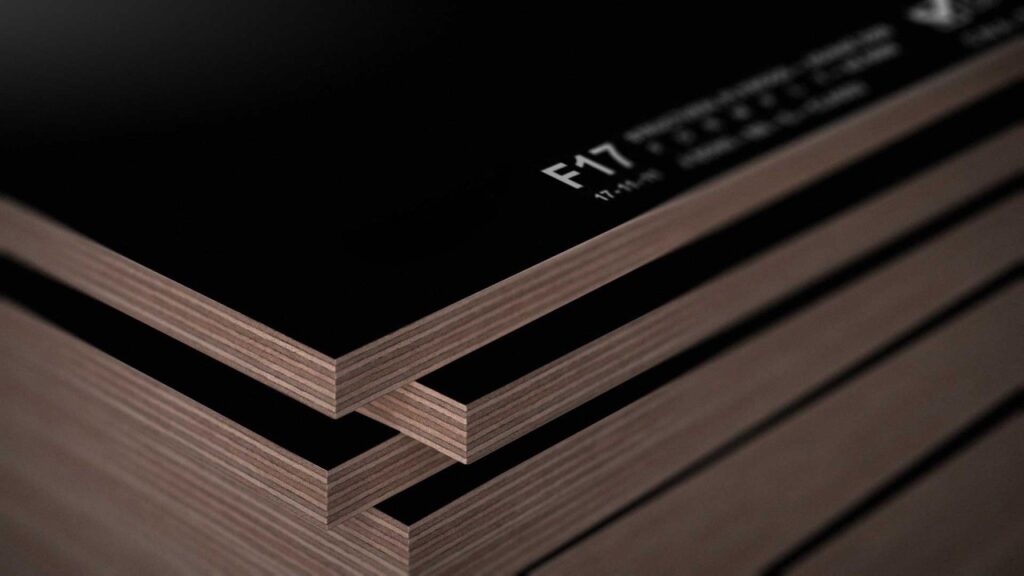
Evaluating Formply Suppliers
Reputation and Reviews
Before committing to a supplier, it’s beneficial to check their reputation within the industry. Look for online reviews, testimonials, and ratings, as they can provide valuable insights into supplier reliability and product quality.
You may also consider reaching out to other contractors or builders who have used the suppliers you are interested in. Word of mouth can often reveal insights that online reviews may not capture. A reputable supplier should have a history of satisfied customers and a track record of delivering quality materials on time.
In addition to personal recommendations, industry forums and social media groups can serve as excellent resources for gathering opinions about suppliers. Engaging with these communities can provide a broader perspective on which suppliers consistently meet or exceed expectations, as well as those to avoid. Furthermore, consider looking into any awards or recognitions the supplier has received, as these accolades often reflect their commitment to quality and customer satisfaction.
Customer Service and Support
Good customer service is crucial when purchasing formply. Ensure the supplier you choose provides adequate support before, during, and after the transaction. This includes answering any questions about their products, assisting with ordering, and handling returns or complaints in a timely manner.
A responsive customer service team can make the purchasing process smoother and will prove invaluable should any issues arise after your order has been placed. Establishing a strong relationship with your supplier can lead to better communication and support through your project lifecycle.
Moreover, consider the availability of additional resources such as technical support or product guides. Suppliers that offer comprehensive documentation, installation tips, and troubleshooting assistance can significantly enhance your experience, especially if you encounter unexpected challenges during your project. A supplier that invests in customer education demonstrates a commitment to not just selling products, but ensuring their customers’ success.
Delivery and Logistics
Additionally, assess whether the supplier has the capacity to meet your quantity needs in a timely manner. Delays in material delivery can derail your construction schedule. Thus, proactive communication regarding delivery expectations is essential to ensure a smooth project flow.
It’s also worth investigating the supplier’s delivery options, such as same-day or next-day service, especially if you are working on a tight schedule. Some suppliers may even provide tracking services for your order, allowing you to monitor its progress and anticipate any potential delays. Understanding their logistics capabilities can help you plan your project more effectively and avoid last-minute scrambles for materials that could impact your overall timeline.
Read more at: Formply in Australia
